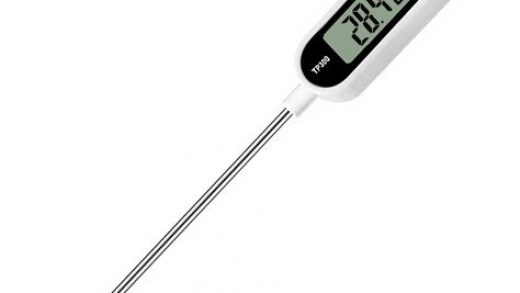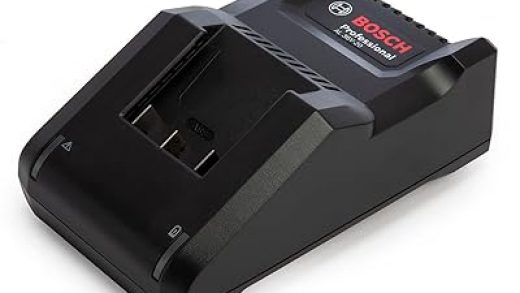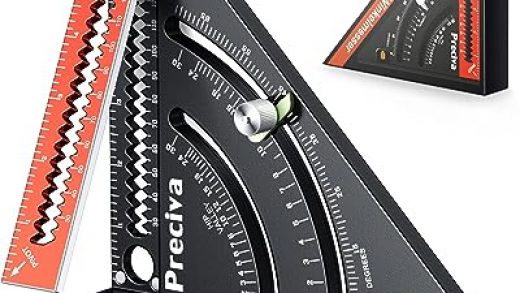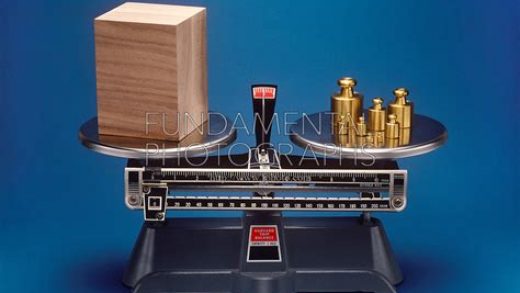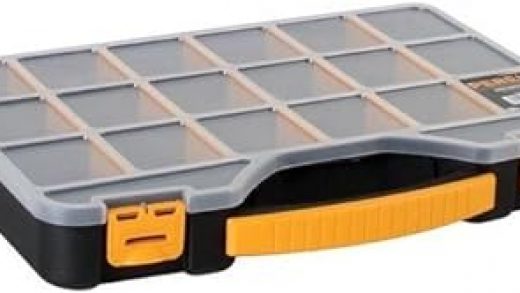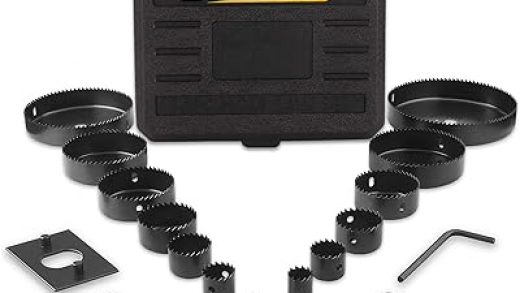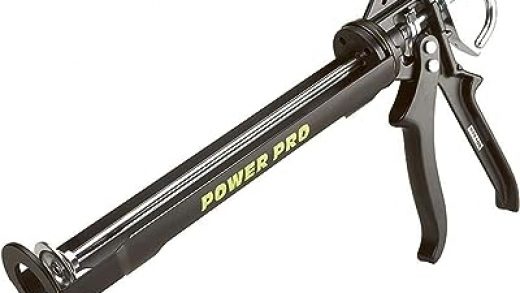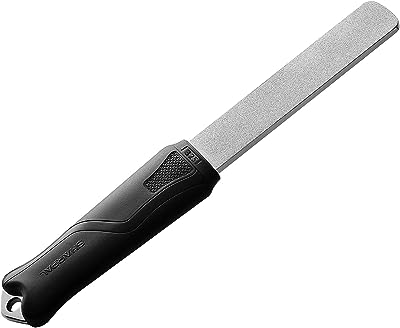
**Advantages of the Dual-Grit Diamond Sharpening Stone**:
1. Versatile Use: Suitable for a wide variety of tools including knives, garden shears, axes, and other blade edges.
2. Dual-Grit Design: Offers both a coarse and fine sharpening surface, accommodating different sharpening needs.
3. Durable Material: Made of diamond, one of the hardest materials, ensuring longevity and efficient sharpening.
4. Portable: Compact design allows for easy transport and storage.
5. Reduces Wear: Regular use can prolong the life of blades and tools by maintaining their edges.
Disadvantages of the Dual-Grit Diamond Sharpening Stone:
Learning Curve: Might require some practice for beginners to use effectively.
Surface Flatness: Over time, the stone can wear in the middle, leading to an uneven surface.
Dry Sharpening: Might not be suitable for tools that require wet sharpening.
Pressure Sensitivity: Applying too much pressure can damage the tool or stone.
Problems and Solutions:
Problem: Over-sharpening can lead to blades becoming too thin or brittle.
Solution: Regularly inspect the blade during the sharpening process to prevent excessive material removal.
Problem: Uneven wear on the sharpening stone.
Solution: Rotate and flip the stone regularly to ensure even wear. Also, using the entire surface during sharpening sessions helps.
Problem: Difficulty in maintaining a consistent sharpening angle.
Solution: Consider using a sharpening guide or jig to keep the tool at the right angle.

